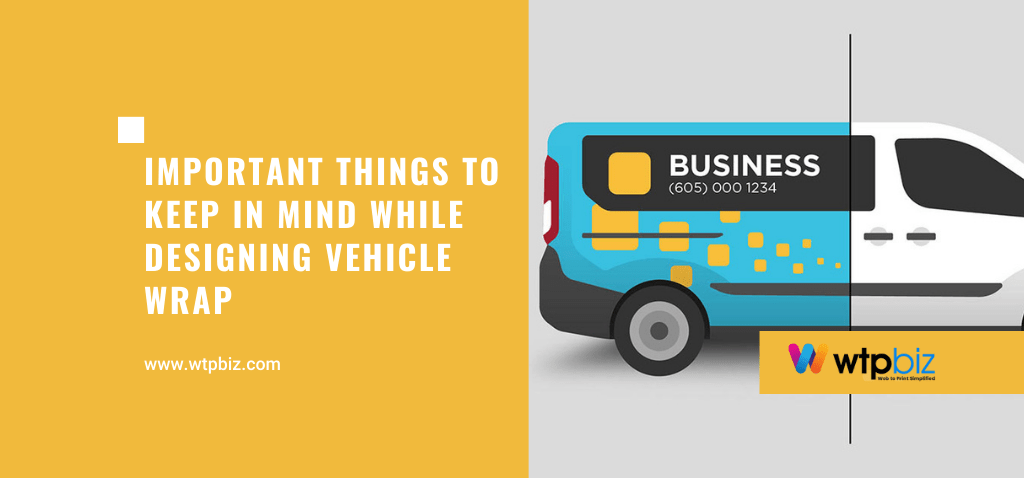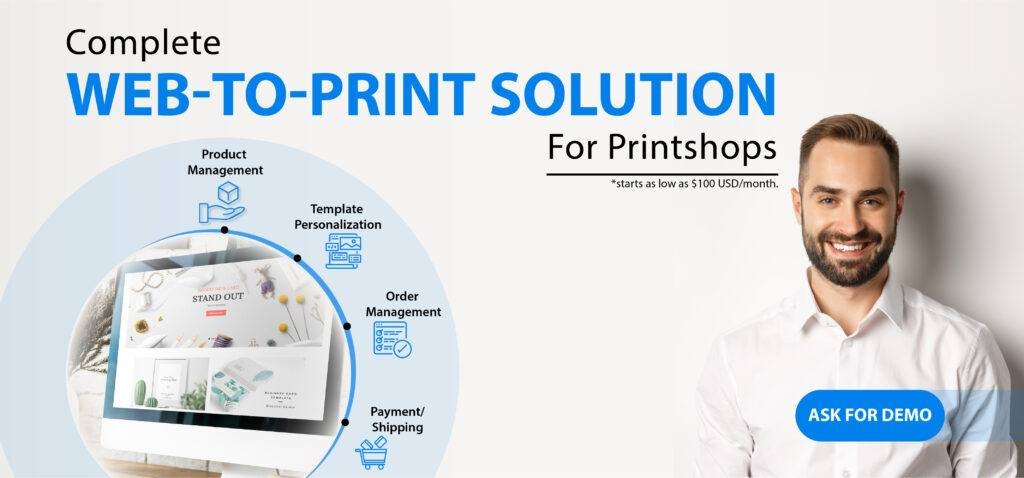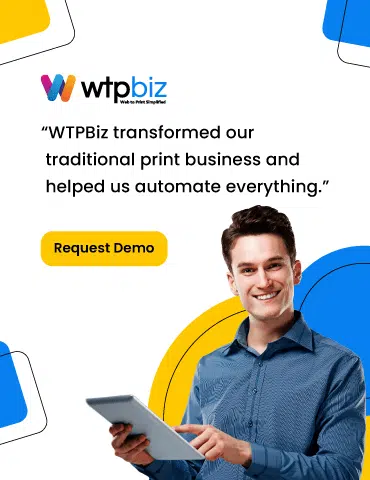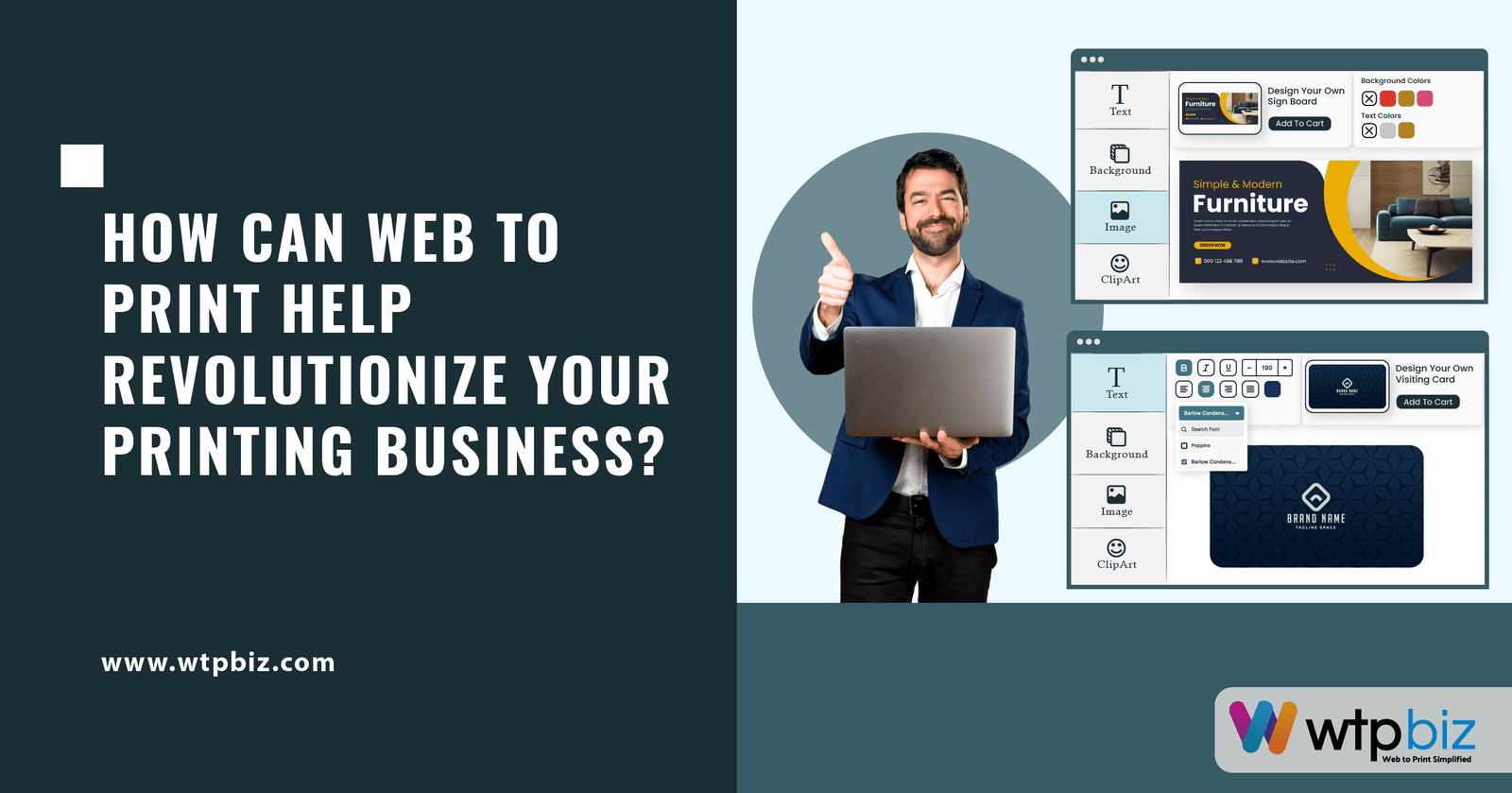Important Things To Keep In Mind While Designing Vehicle Wrap
Vehicle wraps are considered to be a recognized design product specifically for businesses of small size. The side portion of the vehicles is an excellent advertising space that will be viewed by a large number of individuals.
It is essentially a mobile billboard with room for advertisement which a business just needs to pay one time.
Most of the vehicle wraps constitute printed and large vinyl stickers put in on the vehicle’s surface. But, it can be a little complicated task to design these effective advertisements.
Any of the designers who intend to work on a vehicle vinyl wrap should have a basic understanding of standard graphic design programs. They should again focus on doing effective research before getting started.
In this blog post, we’ll go through the overall process of designing print-ready vinyl wrap car files as well as the ways to deliver those to your client.
Now, let’s begin our discussion.
- Type Of Vehicle
The first thing to think about is the type of vehicle you wish to wrap. Depending on the shape as well as size, and function of your vehicle, the wrapping procedure will vary. You want to ensure that your wrap design works well with your vehicle.
For example, if you’re designing for a large van, you’ll need to have your design fill the overall space.
However, if you’re designing for a smaller vehicle, you would not want the same design since it might overwhelm it.
If you have a vehicle that serves a specific purpose, like a food truck, you’ll want to make sure your logo, as well as message, are visible. So, you should place those in such a way that they would not be covered whenever you open the door specifically during the business.
- Collect Information
You must first get a proper template before you start designing anything. To be able to create a print-ready and scalable design, you must focus on starting with an exact template file of the vehicle of your client. Again, vehicle wrap files can be intricate as well as large.
Your client will ideally offer you template files of the vehicle’s blueprint before beginning with the project.
In case, they don’t have one, they can ask over their vinyl wrap printer to send them one as per their preferences.
Keep in mind that templates files that are bought online will not be precise every time, since each vehicle may have minor irregularities particularly on the surface.
Some of the important considerations to make involves which printing service provider the client is employing and what they can provide.
As each of the printing firms may have diverse file needs or printing methods, it is critical to collect a lot of info before you begin with the design.
Finally, request that your client give you high-resolution images of the vehicle as well as specify which car model it is. Inquire whether the car’s surface has any irregularities that may vary from current templates.
- Collect Inspiration
Once you are ready with all important technical information, it’s time to start planning how you’ll make the vehicle signage vision of your client into reality!
After you have the logo as well as an advertising copy, you should focus on moving forward. You will have to inquire about the kinds of custom vinyl wrap designs that they may like.
Many clients like images in their car wrap design, even though it is not recommended. If that’s what they want, you’ll need to obtain and purchase extremely high-resolution images. You’ll have to decide on a budget specifically for stock images.
It is usually a great idea to keep its design basic, particularly if it is an advertisement for the business of your client. As their vehicle will be mobile and so, you will need to ensure that the brand’s message can be seen in a matter of seconds.
- Create The Design
After you have got images of your client’s vehicle, now you should focus on using them to instantly stretch out your design.
You can again make use of the template files to create the design, although many designers prefer to Photoshop the design onto an image of the vehicle, to begin with.
But, it will not match with the actual automobile. It will only help you imagine how graphics will look whenever they meet at the corners as well as the rounded surfaces of the car.
So, before you present it to your client, be sure that any mockup you make can be simply rebuilt or put into the template files. Mockups are excellent for demonstrating how the design would appear when transformed to reality and obtaining their consent for the ultimate design.
It is crucial, though, to effectively accomplish their expectations by displaying them designs that can be executed in real life rather than merely looking nice in Photoshop.
- Showcase Your Company
The purpose of vehicle wraps is to advertise or promote your company above everything else.
Whenever you are thinking about design, always consider if particular design choices will attract customers or repel and confuse them.
If you already have the right logo, don’t make too many changes to it when you include it in your custom vinyl lettering design. You can also use elements of your company’s mission statement or your catchy slogan to draw attention.
- Apply The Design To The Template
Adobe Photoshop or Adobe Illustrator can be used to create vehicle wrap print files. Some car wrap printers only accept vector files whenever it comes to printing, and so, it is recommended that the designers should produce Adobe Illustrator files in vehicle wrap handovers.
However, many of the vehicle printers will focus on accepting both AI as well as PSD files.
In this regard, you should focus on considering some of the most important things:
- Change the color mode of your document to CMYK.
- One technique to scale up a design is to utilize a 1:10 ratio.
- Set the document PPI to 720.
- If photos (high-resolution) or raster images are components of the design, you should focus on using them.
- All typefaces should be converted to outlines.
- Label as well as organize every part into distinct layers and ensure that every graphic possesses its sublayer.
- You should focus on adding 5 to 10 in bleeds to every template piece. The design will specifically have to wrap around things such as door edges as well as putting in extra bleed will allow the design to stick to the car.
- Delivery Of The Files
Offer your client either .psd or .ai files along with an uncompressed .tiff file of the vehicle wrap. Ascertain that they are familiar with the name or have a license to every font that is used in your design.
Focus on including the raw photo file in the case, any photographs or other raster images were utilized in the design. This will allow people to make some adjustments in the file, if necessary, whenever they use it.
Vehicle wrap tasks can be extremely challenging, but they can also be one of the most satisfying ways to see your car wrap ideas come to life on a large and moving item.
- Size Up The Vehicle And Take Photos
You should focus on sizing up the car before you start designing. Consider taking photos of the vehicle from every side and take measurements of the bumpers, roof, rear, hood, and sides.
Then, scale the photographs in your design software accordingly. Pay close attention to door handles, rivets, extreme curves, body breaks as well as protruding parts.
You can plan for any customizations in the vehicle or body and paint issues by taking the time to shoot the vehicle.
This is very important at the time of planning and quoting a wrap. It is also for letting a client know what your company can accomplish for them. Bring the client as well as a vehicle into the store ahead of time to take photos and measure it, as well as discuss any specific needs.
- Don’t Depend Exclusively On Digital Templates Without Seeing The Vehicle
A template can provide you with so much information about a vehicle. It can provide you with a key dimensional outline of the vehicle as well as a digital canvas to work on, but it won’t warn you about any potential difficulties
After you are done with printing as well as cutting a wrap, and then finding out which installing that the client has attached a custom bumper might send you back to the drawing board, costing you time and money.
- Conduct Research About Your Client And Devise A Strategy
Knowledge, like any creative undertaking, is considered to be the first step toward creating outstanding design.
Do not start any design until you’ve spoken with your client about the kinds of designs, they like, the kinds of designs they’ve seen, and their brand message, color, and composition expectations.
Focus on doing your research and look at other designs in the same marketplace. To guarantee that your client and everyone in your business is on the same page, compile all of this information into a brief or job outline.
- Avoid Showing Rush When You Are Working With Design
A lot of the designers show rush while creating designs which is not at all recommended.
This method, however, can be risky specifically in terms of supplying the client with the design they want.
Before starting your design, communicate with your client as well as pay attention to their individual design needs. Develop your conceptual ideas to meet and surpass their expectations. In this way, you would be able to prevent unnecessary redesigns.
- Never Hesitate To Utilise Bold Design And Colors
Vehicle wrap design holds a reputation for being bold, big, and thrilling, and for good reason: it has to stand out.
Think big and focus on creating top-notch graphics that people will notice. This is a very important consideration that you need to make while developing your design. With such a vast canvas to work on, it’s a good time to try something bold.
- Make Sure Your Design Isn’t Too Crowded
Even though vehicle wrap designs are conventionally eye-catching and colorful, this does not imply that your design should be overcrowded with design elements as well as imagery.
The most effective online vehicle design are dynamic and colorful, but they also have a high level of sophistication in terms of design and composition. It’s usually better to keep your design basic and obvious.
Due to this reason, remove distracting backdrops and unnecessary clutter to let the message stand out.
- Make A Big Deal Of Your Client’s Brand And Message
Unlike print design, where the viewer has time to digest the message as well as brand, a vehicle wrap must be immediate.
There is little time to capture the attention of the viewer. This is the major reason; you should make the brand as well as message easily comprehensible and memorable.
- Avoid Putting A Lot Of Advertising Copy In Your Design
Too much of the ad copy is very distracting on a vehicle wrap which is only seen briefly.
So, it is preferable to limit your copy to a bare minimum. Some of the most important things which you should consider for copy include a phone number, a web or social address, a strong brand identity, and sometimes even a very short message.
All of these are proved to be very effective in highlighting the takeaway of the message.
- Don’t Overlook Your Client’s Requirements
A partnership exists between the designer as well as the client. As a design expert, you must provide sensible advice and lead your client on the correct path, but they are the ones who are paying for the service and should be satisfied with the outcome.
Ensure that all lines of communication are open so that you can discuss any necessary adjustments and get speedy approvals. Building trust with a new client might take a job or two, but it will pay off in the long term when they come back for repeat business.
Final Verdict
Therefore, the above-mentioned are some of the most important tips that will help you to get started with vehicle wrap designing.
By keeping all of these important tips in mind, you would be able to start your vehicle wrap design journey. In this case, a vinyl design online tool can prove to be very helpful for you.







